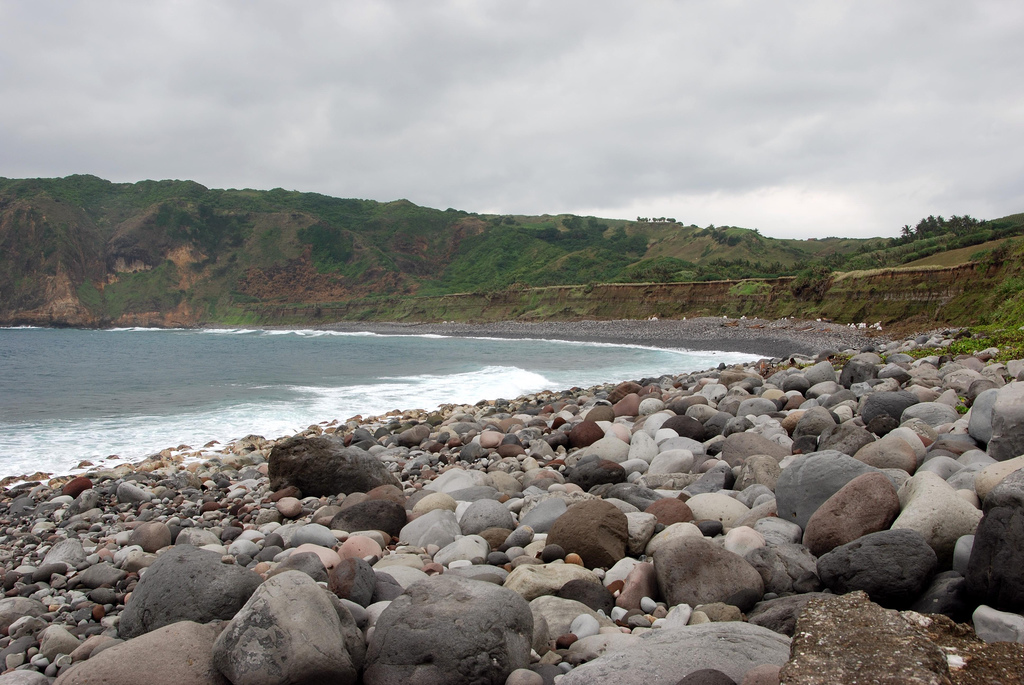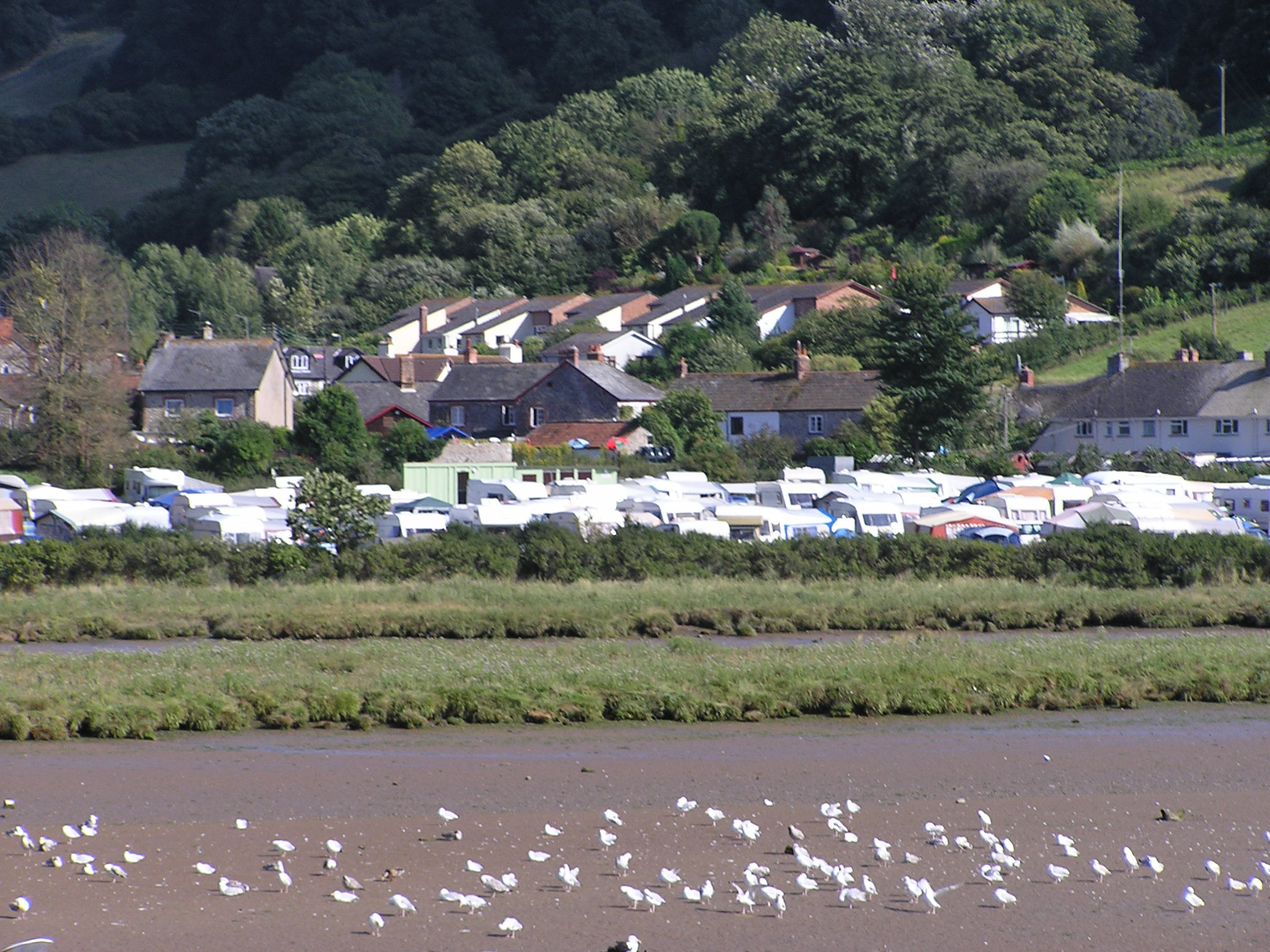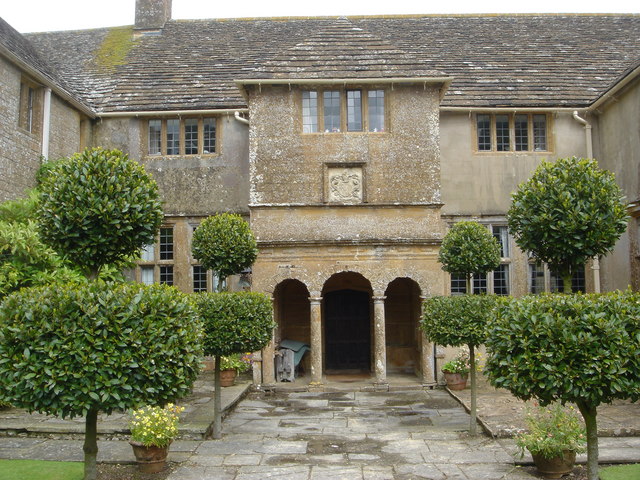|
River Axe, Devon
The River Axe is a long river in the counties of Dorset, Somerset and Devon, in the south-west of England. It rises in Dorset and flows south to Lyme Bay which it enters through the Axe Estuary in Devon. It is a shallow, non-navigable river, although its mouth at Seaton has some boating activity. The name ''Axe'' derives from a Common Brittonic word meaning "abounding in fish", and is cognate with '' pysg'' (a variant of '' pysgod''), the Welsh word for fish. The River Axe rises in several streams to the south of Chedington in Dorset, close the source of the River Parrett that flows north to the Bristol Channel. The Axe then flows west through Mosterton and Seaborough before turning south and forming the county boundary between Dorset and Somerset. In this section it flows past the villages of Wayford and Winsham, and the former Forde Abbey. At a point some north of Axminster it is joined by the Blackwater River and enters the county of Devon. It is then joined by the River Ki ... [...More Info...] [...Related Items...] OR: [Wikipedia] [Google] [Baidu] |
River Axe (Bristol Channel)
The River Axe is a river in South West England. The river is formed by water entering swallets in the limestone and rises from the ground at Wookey Hole Caves in the Mendip Hills in Somerset, and runs through a V-shaped valley. The geology of the area is limestone and the water reaches Wookey Hole in a series of underground channels that have eroded through the soluble limestone. The river mouth is in Weston Bay on the Bristol Channel. The river was navigable from the middle ages until 1915, during early centuries of which seeing some European trade. Geography The River Axe is formed by the water entering the cave systems and flows through the third and first chambers, from which it flows to the resurgence, through two sumps and long, where it leaves the cave and enters the open air. It is the second largest resurgence on Mendip, with an estimated catchment area of , and an average discharge of per second. Some of the water is allogenic in origin i.e. drained off ... [...More Info...] [...Related Items...] OR: [Wikipedia] [Google] [Baidu] |
Ordnance Survey
, nativename_a = , nativename_r = , logo = Ordnance Survey 2015 Logo.svg , logo_width = 240px , logo_caption = , seal = , seal_width = , seal_caption = , picture = , picture_width = , picture_caption = , formed = , preceding1 = , dissolved = , superseding = , jurisdiction = Great BritainThe Ordnance Survey deals only with maps of Great Britain, and, to an extent, the Isle of Man, but not Northern Ireland, which has its own, separate government agency, the Ordnance Survey of Northern Ireland. , headquarters = Southampton, England, UK , region_code = GB , coordinates = , employees = 1,244 , budget = , minister1_name = , minister1_pfo = , chief1_name = Steve Blair , chief1_position = CEO , agency_type = , parent_agency = , child1_agency = , keydocument1 = , website = , footnotes = , map = , map_width = , map_caption = Ordnance Survey (OS) is the national mapping agency for Great Britain. The agency's name indicates its original military purpose (se ... [...More Info...] [...Related Items...] OR: [Wikipedia] [Google] [Baidu] |
Site Of Special Scientific Interest
A Site of Special Scientific Interest (SSSI) in Great Britain or an Area of Special Scientific Interest (ASSI) in the Isle of Man and Northern Ireland is a conservation designation denoting a protected area in the United Kingdom and Isle of Man. SSSI/ASSIs are the basic building block of site-based nature conservation legislation and most other legal nature/geological conservation designations in the United Kingdom are based upon them, including national nature reserves, Ramsar sites, Special Protection Areas, and Special Areas of Conservation. The acronym "SSSI" is often pronounced "triple-S I". Selection and conservation Sites notified for their biological interest are known as Biological SSSIs (or ASSIs), and those notified for geological or physiographic interest are Geological SSSIs (or ASSIs). Sites may be divided into management units, with some areas including units that are noted for both biological and geological interest. Biological Biological SSSI/ASSIs may ... [...More Info...] [...Related Items...] OR: [Wikipedia] [Google] [Baidu] |
Shingle Beach
A shingle beach (also referred to as rocky beach or pebble beach) is a beach which is armoured with pebbles or small- to medium-sized cobbles (as opposed to fine sand). Typically, the stone composition may grade from characteristic sizes ranging from diameter. While this beach landform is most commonly found in Europe, examples are found in Bahrain, North America, and a number of other world regions, such as the west coast of New Zealand's South Island, where they are associated with the shingle fans of braided rivers. Though created at shorelines, post-glacial rebound can raise shingle beaches as high as above sea level, as on the High Coast in Sweden. The ecosystems formed by this unique association of rock and sand allow colonization by a variety of rare and endangered species. Formation Shingle beaches are typically steep, because the waves easily flow through the coarse, porous surface of the beach, decreasing the effect of backwash erosion and increasing the formati ... [...More Info...] [...Related Items...] OR: [Wikipedia] [Google] [Baidu] |
Axmouth
Axmouth is a village, civil parish and former manor in the East Devon district of Devon, England, near the mouth of the River Axe. The village itself is about inland, on the east bank of the Axe estuary. The parish extends along the estuary to the sea, and a significant distance to the east. The village is near Seaton and Beer which are on the other side of the Axe estuary. According to the 2001 census the parish had a population of 493. History In the will of King Alfred the Great, a copy of which is in the British Library, Axmouth was left to his youngest son Aethelweard. According to Historic England, 'Axmouth was ranked as a major port by the mid-14th century and accounted for 15% of the country’s shipping trade'. The remains of a late medieval fishing boat can be seen at low tide in the River Axe, just south-west of the village. Historic estates Within the parish of Axmouth are various historic estates including: * Bindon, an ancient seat of the Wyke family, and ... [...More Info...] [...Related Items...] OR: [Wikipedia] [Google] [Baidu] |
Colyford
Colyford is a village in East Devon, England situated midway between Lyme Regis and Sidmouth on the A3052 road. To the north the village borders the town of Colyton and lies within the latter's civil parish boundaries. To the south is the seaside resort town of Seaton, separated from Colyford by the Seaton Wetlands, a series of nature reserves flanking the estuary of the River Axe. Colyford lies on the River Coly, which flows into the River Axe immediately to the east of the village. Colyford was formerly an Ancient Borough of long-standing and still elects a Mayor. Features Colyford is served by St Michael's Church. There is also a post office, a butcher and two pubs. Colyton Grammar School dates from 1546 and made headlines in recent years as the first school to 'opt out' of local authority control and gain grant-maintained status and for achieving very high rankings in national examination league tables. Colyford is home to a petrol filling station built in 1927–8 ... [...More Info...] [...Related Items...] OR: [Wikipedia] [Google] [Baidu] |
Whitford, Devon
Whitford is a village near Axminster in East Devon. It is situated on the western bank of the River Axe, which is crossed via a small bridge with a weir under it on a lane that joins the A358 road at Musbury. The West of England Main Line runs through a cutting close to the village, which is four miles north of the Jurassic Coast at Seaton. The village has a church, St Mary at the Cross, a village hall, and some attractive thatched cottages and is within the East Devon AONB East Devon Area of Outstanding Natural Beauty (AONB) covers over of the East Devon countryside (England). This countryside includes eighteen miles (29 km) of Heritage coastline. The designated area covers: twenty-nine parishes and borders the c .... External links History of Whitford in Devon at http://www.visionofbritain.org.uk/place/21221 Villages in Devon {{Devon-geo-stub ... [...More Info...] [...Related Items...] OR: [Wikipedia] [Google] [Baidu] |
Axminster
Axminster is a market town and civil parish on the eastern border of the county of Devon in England. It is from the county town of Exeter. The town is built on a hill overlooking the River Axe which heads towards the English Channel at Axmouth, and is in the East Devon local government district. At the 2001 census, it had a population of 5,626, increasing to 5,761 at the 2011 census. The town contains two electoral wards (town and rural) the total sum of both wards being a population of 7,110. The market is still held every Thursday. Axminster gave its name to a type of carpet. An Axminster-type power loom is capable of weaving high quality carpets with many varying colours and patterns. While Axminster carpets are made in the town by Axminster Carpets Ltd, this type of carpet is now manufactured all over the world as well. History The town dates back to the Celtic times of around 300 BC. It lies on two major Roman roads: the Fosse Way from Lincoln to Seaton, and the ... [...More Info...] [...Related Items...] OR: [Wikipedia] [Google] [Baidu] |
Forde Abbey
Forde Abbey is a privately owned former Cistercian monastery in Dorset, England, with a postal address in Chard, Somerset. The house and gardens are run as a tourist attraction while the estate is farmed to provide additional revenue. Forde Abbey is a Grade I listed building. History Between 1133 and 1136, wealthy nobleman Richard de Brioniis built a priory on his land at Brightley (meaning "bright" or "clear" pasture) and invited Gilbert, Abbot of Waverley in Surrey, to send 12 monks to form a new Cistercian community there. One story is that the agricultural land surrounding the new priory was insufficiently fertile, forcing the monks to consider returning to the mother house in 1141. However, Adelicia de Brioniis, the sister of Richard and successor to his estate, offered them an alternative site close to the River Axe in the manor of Thorncombe. Here, between 1141 and 1148, they built a new priory which came to be known as "Ford" due to its proximity to an old river crossi ... [...More Info...] [...Related Items...] OR: [Wikipedia] [Google] [Baidu] |
Winsham
Winsham is a village and civil parish south-east of Chard and from Crewkerne, in the South Somerset district of Somerset, England. The parish, which has a population of approximately 750 residents living in some 335 households, includes the hamlets of Whatley, Bridge, Purtington and Ammerham, and covers an area of approximately . The village is on the southern border of Somerset, approximately from the Dorset border, which is marked by the River Axe. Administratively it is in Area West, South Somerset District Council, and has a Parish Council elected by residents. Winsham Parish Council was one of the first to be formed in 1894, shortly after the passing of the Local Government Act of the same year. History The name Winsham means ''Wine's settlement''. In Saxon times the manor formed part of the estate of Wells Cathedral. The parish of Winsham was part of the Kingsbury Hundred. With its roots in Saxon times, and its listing in the Domesday Book. Three estates had a major i ... [...More Info...] [...Related Items...] OR: [Wikipedia] [Google] [Baidu] |
Wayford
Wayford is a village and civil parish on the River Axe, south-west of Crewkerne, in the South Somerset district of Somerset, England. History The parish was part of the hundred of Crewkerne. Wayford Manor House was rebuilt around 1600 by Charles Daubeney, probably with William Arnold as master mason. The north wing was completed by Sir Ernest George in 1900. Wayford Woods, close to the house, has an ornamental lake and is known for the large number of fairy doors it used to have. Governance The parish council has responsibility for local issues, including setting an annual precept (local rate) to cover the council's operating costs and producing annual accounts for public scrutiny. The parish council evaluates local planning applications and works with the local police, district council officers, and neighbourhood watch groups on matters of crime, security, and traffic. The parish council's role also includes initiating projects for the maintenance and repair of parish fac ... [...More Info...] [...Related Items...] OR: [Wikipedia] [Google] [Baidu] |
Seaborough
Seaborough is a small village and civil parish in the county of Dorset in southwest England. It is sited in the valley of the River Axe and lies approximately south of Crewkerne in Somerset. The parish was previously part of the hundred of Crewkerne, but was transferred to within Dorset in 1896. In 2013 the estimated population of the civil parish was 60. The village church is small and mostly not of ancient construction. Ralph Wightman Ralph Wightman (26 July 1901 – 28 May 1971) was an English lecturer, journalist, author, and radio and television broadcaster. He wrote many books on farming and the countryside and in the 1950s and 1960s became a well-known national figure, esp ..., broadcaster, agriculturist and a native of Dorset, described it as "delightful", and claimed that the round arch of the porch was so low it "would remove the hat of any man of average height." Seaborough lies on the northern side of the Axe valley, beneath the Seaborough Hill. The minor lane ... [...More Info...] [...Related Items...] OR: [Wikipedia] [Google] [Baidu] |






.jpg)


